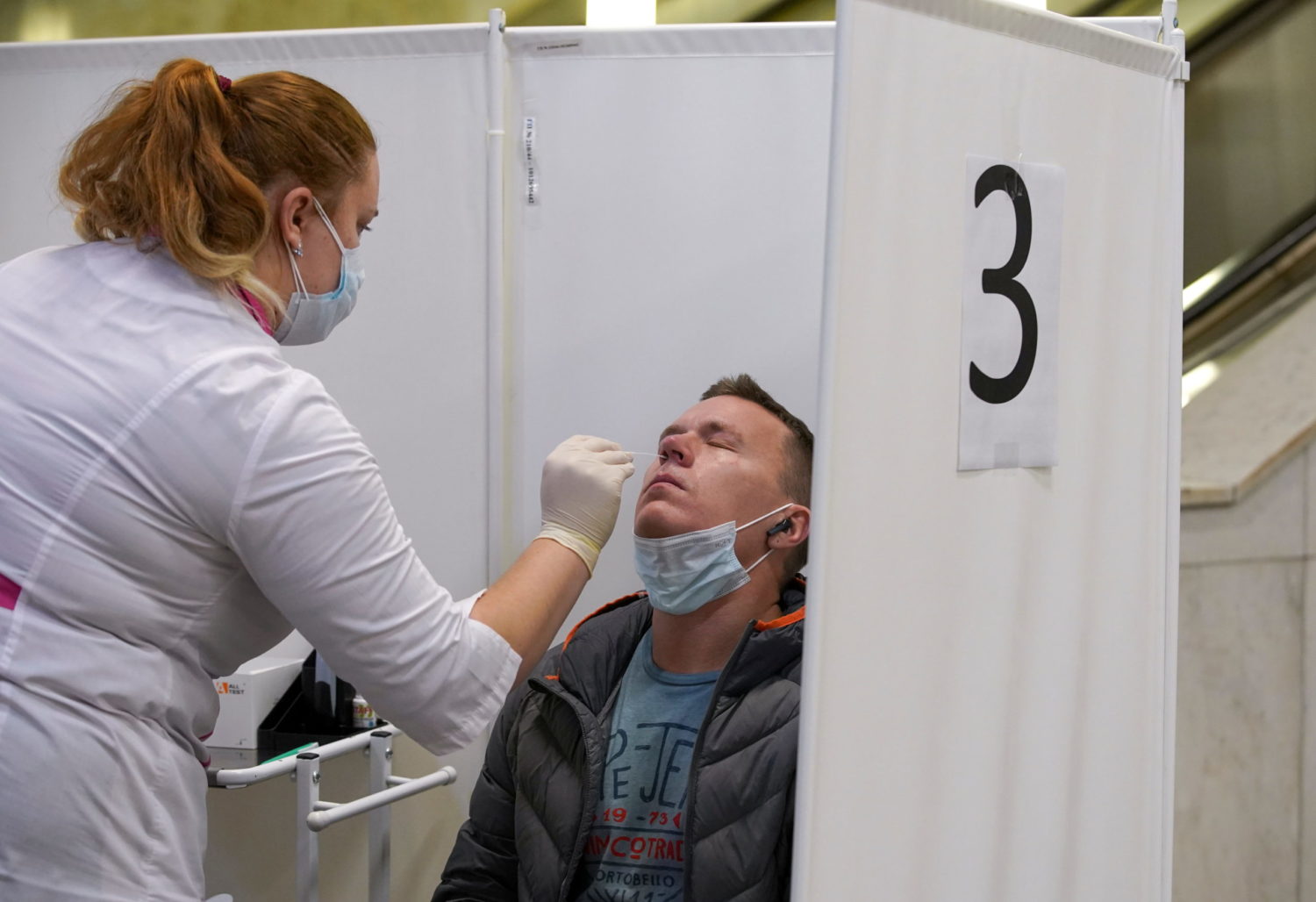
By Rajesh Kumar Singh
CHICAGO (Reuters) -Flights and airports across the United States are expected to have one of their busiest days since before the pandemic on Wednesday as millions of people fly to visit their families for the Thanksgiving holiday.
The Transportation Security Administration (TSA) expects to screen about 20 million air passengers during the Thanksgiving travel period, the most since 2019 when nearly 26 million Americans were on the move at that time, as rising COVID-19 vaccination rates have made people more confident about travel.
The travel demand is also getting a boost from consumers flush with savings as rising wages along with government stimulus have strengthened household balance sheets.
On Tuesday, the TSA screened about 2.21 million U.S. air passengers, the sixth consecutive day with checkpoint volume topping 2 million.
Los Angeles International Airport expects 2 million passengers. Victoria Spilabotte, the airport’s public information officer, said the numbers showed people were willing to travel again and added that passengers should arrive early to allow extra time for security.
The holiday weekend is a test for carriers after a spate of flight cancellations marred travel over the summer. One in five Americans are concerned about delays and cancellations, an American Pecans/YouGov survey found.
Carriers have ramped up staffing and offered bonuses and other incentives to employees.
“We’re staffed and ready to get our customers to where they need to go safely, reliably and enjoyably,” a Delta Air Lines spokesperson said.
Calm weather expected for Thanksgiving should also help to prevent disruption.
Some passengers at the Los Angeles airport said the airport was not as busy as they expected.
“So far, so good,” said Lani Emanuel, who is traveling to Seattle to see her daughter. “It was a little tricky finding parking, but it doesn’t seem too crazy busy just yet.”
U.S. passenger railroad Amtrak is also expecting a jump in passenger volumes. A company spokesperson said some trains are already close to full capacity.
Travel group AAA estimates, in all, 53.4 million people will travel for the Thanksgiving holiday, up 13% from 2020, with air travel recovering to about 91% of pre-pandemic levels.
The biggest concern this holiday season is high fuel prices, the YouGov survey found.
(Reporting by Rajesh Kumar Singh; additional reporting by David Shepardson, Alan Devall and Omar Younis; Editing by Stephen Coates, Barbara Lewis and Mark Porter)











